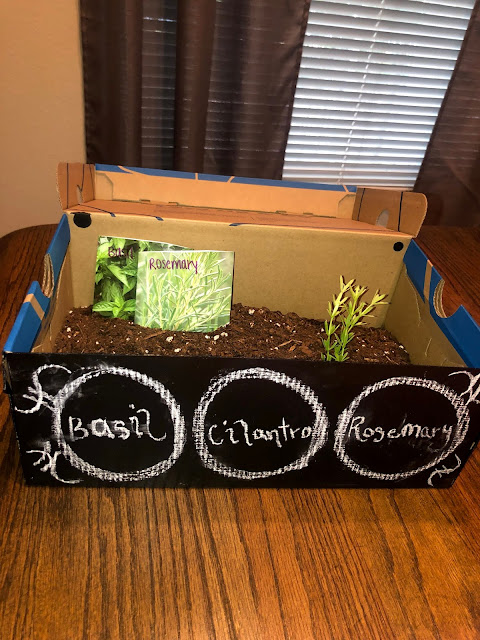Mobility
The OTPF discusses mobility in two ways, functional and community. Mobility needed in basic activities of daily living (functional) followed by mobility needed in instrumental activities of daily living (community). The Hierarchy of mobility skills follows that. It gives a guide for which mobility needs to be addressed during therapy. The order for restoring mobility confidence for a client is bed mobility, mat transfer, wheelchair transfer, bed transfer, functional ambulation for ADL, toilet and tub transfer, car transfer, functional ambulation for community mobility, and community mobility and driving.
Based on everything we have learned; I am not surprised by this order on this approach. I believe it is the most appropriate way to address mobility. Throughout labs, we have learned that the most important thing to consider when working on mobility is a client’s safety. This sequence works from the bottom up. Each level requires a certain amount of skill that is addressed previously. Starting from the bottom and working up is the smartest way to keep your client safe. For example, we wouldn’t want our client who just had shoulder surgery to start driving a car as soon as they wake up. Addressing mobility that allows function within ADLS first, like brushing your teeth, gives our client the ability to safely begin participating in iADLs, like driving a car, later on. This approach helps restore the clients confidence one step at a time.

I appreciate you connecting the hierarchy of mobility to the OTPF. Great job!
ReplyDelete